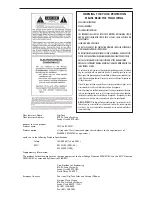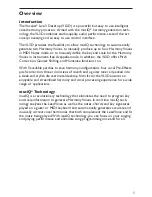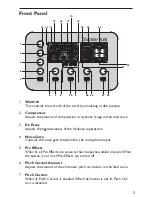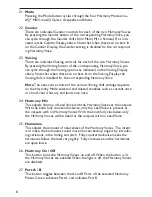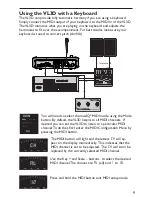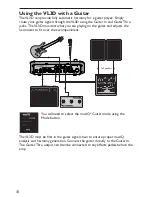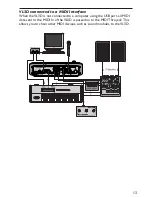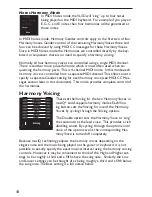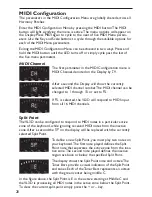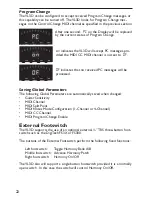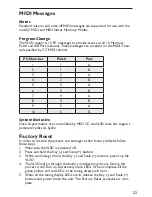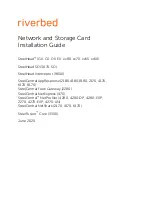
8
Guitar In
7.
This ¼” unbalanced Guitar In connects directly to the guitar for use by
musIQ
®
Guitar Mode harmony generation.
Note
: It is important for the VL3D to be the first device in the guitar signal
chain to ensure proper analysis of the guitar signal for harmony generation.
Ground Lift Switch
8.
This switch lifts the Guitar In and Guitar Thru ground references to elimi-
nate any noise hum issues that may arise from system ground loops.
Line Out (L & R)
9.
These ¼” balanced TRS / unbalanced TS Line outputs provide a stereo mix
of Lead Vocal and Harmony Voices. Use only the Left Line output when a
mono mix is needed.
Footswitch
10.
This ¼” TRS input is for an optional three-button footswitch such as the
DigiTech FS3X or FS300.
Line In
11.
This ¼” balanced TRS / unbalanced TS input accepts a line level signal sup-
plying the Lead Vocal.
Note:
When the Line In input is connected, do not
connect anything to the Mic In input.
Mic In
12.
This balanced XLR input accepts microphone level signals.
Note:
When
the Mic In input is connected, do not connect anything to the Line In input.
Mic / Line Input Level
13.
This adjusts the input level of the Lead Vocal signal from both the Mic In
and Line In. The relative signal strength can be determined at the Vocal
signal strength indicator on the front panel.
48V
14.
Pressing this switch to the inward position turns on the 48V phantom
power to the Mic In. With the switch in the outward position, the 48V
phantom power is turned off.
Note
: Phantom power is normally only needed with condenser micro-
phones and should never be used with ribbon microphones. To avoid
damaging the microphone, please consult your microphone documentation
to ensure phantom power is applied only when appropriate.
Summary of Contents for VOCALIST VL3D -
Page 1: ...1 Owner s Manual Vocal Harmony and Effects Processor...
Page 31: ...27...


